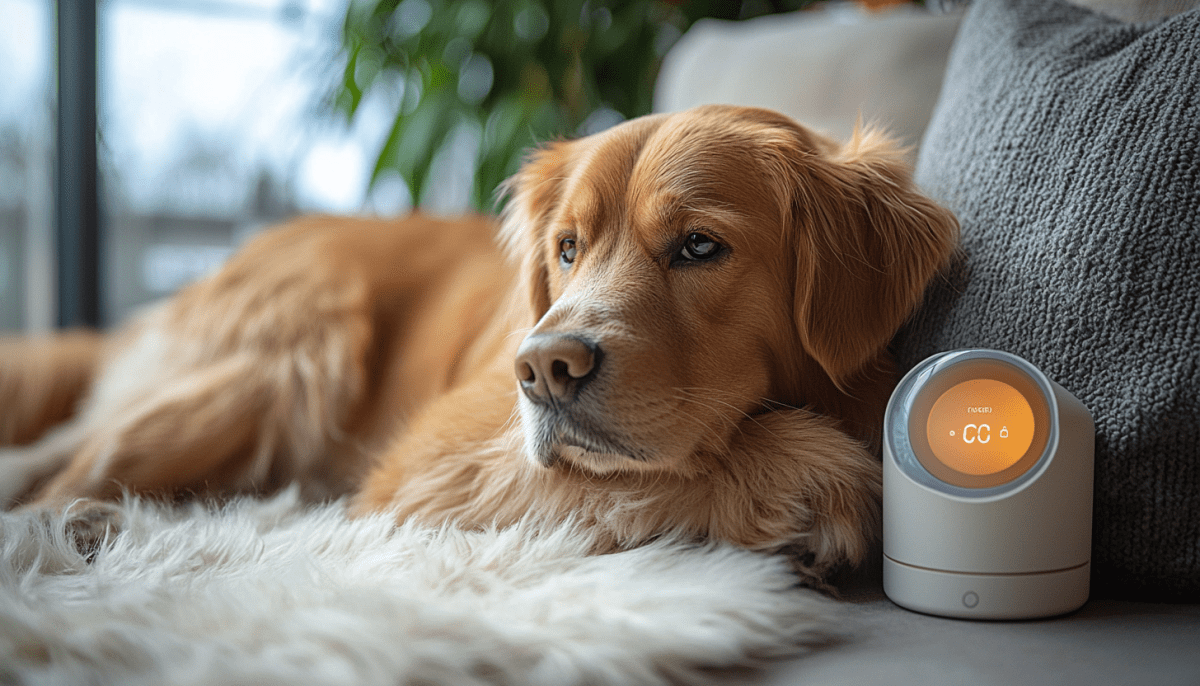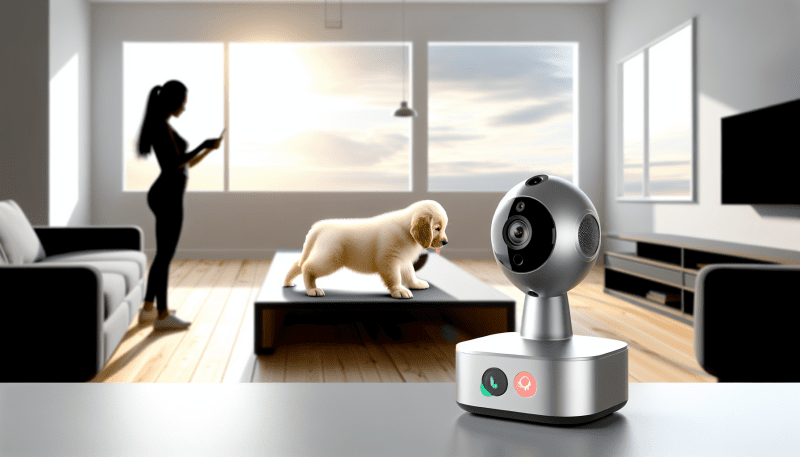Keeping an eye on your pet’s health is one of the best ways to show you care. Just like us, pets can suffer from temperature-related issues, and that’s where pet temperature monitors come into play. These handy little gadgets can help you make sure your furry friend is safe and comfy.
High or low body temperatures can signal underlying health problems. For instance, a fever might mean an infection, while a lower-than-normal temperature can indicate shock or other serious conditions. By monitoring your pet's temperature regularly, you can catch potential problems early, giving you peace of mind and allowing for quicker vet visits when needed.
Using a pet temperature monitor is easier than you might think. Many modern monitors are user-friendly and designed specifically for pets, meaning they’re more comfortable and less stressful for your animal. Plus, some even sync with your smartphone, so you can keep track of vital stats with just a quick glance.
Not only do temperature monitors help with health tracking, but they can also assist during emergencies. If you notice a sudden spike or drop in your pet’s temperature, you’ll be better prepared to act quickly. This can be a game-changer, especially when you’re in a situation where every second counts!
How to Choose the Right Monitor
Choosing the right monitor for your pet’s temperature can feel a bit overwhelming, but it doesn’t have to be! Here are some key points to consider that will make your decision easier.
1. Type of Monitor: There are a few different types of temperature monitors available. You can choose from digital thermometers that measure temperature quickly and accurately, or more advanced options like wearable monitors. Think about what fits your pet’s lifestyle best. If they’re a bit squirmy, a non-invasive wearable might be a better choice!
2. Accuracy and Speed: You want a monitor that gives you reliable readings quickly. Look for products that specifically mention their accuracy levels and how fast they provide results. Some monitors can give you a reading in just seconds, which is super handy for those wiggly moments!
3. User-Friendly Features: Consider features that make the monitor easy to use. Backlit displays can be really helpful if you’re checking your pet’s temperature in low light. Some monitors even store previous readings, which can be great for tracking your pet’s health over time.
4. Size and Portability: If you travel a lot with your furry friend, you’ll want a monitor that's compact and easy to pack. A lightweight, portable option that fits in your pet’s travel bag can go a long way in ensuring you’re always prepared, whether at home or on the road!
Monitoring Techniques for Different Pets
Keeping an eye on your pet's temperature can give you important insights into their health, and different pets may require different monitoring techniques. Let's break it down for some of our beloved furry friends!
Dogs are usually pretty straightforward when it comes to temperature monitoring. You can use a rectal thermometer, which provides the most accurate reading. Just make sure to use a pet-friendly thermometer and lube it up a bit for comfort. Remember, a normal dog temperature is between 101 and 102.5 degrees Fahrenheit. If it goes above that, it's a sign to seek veterinary advice.
For cats, the same rectal thermometer method applies. However, cats can be a bit more finicky, so having a helper to gently hold them can make this task easier. The normal temperature range for cats is similar to dogs, so keep an eye out for anything above 102.5 degrees. Remember, if your kitty isn’t feeling well, there could be underlying issues that need checking out!
When it comes to small pets like rabbits or guinea pigs, it’s a bit trickier. Their body temperatures can be taken using a digital thermometer, but do it cautiously since these pets are more sensitive. Normal body temperature for rabbits is around 101.3 to 104 degrees Fahrenheit. Any sign of fever or hypothermia can be serious, so don’t hesitate to contact a vet.
For birds and reptiles, temperature monitoring shifts to environmental control. Birds need warm, stable temperatures, and behaviors like fluffing up their feathers or staying at the bottom of the cage could indicate they're cold. For reptiles, using a heat lamp or mat while keeping an eye on the habitat temperature is key. Always aim for the recommended temperature range for your specific species to keep them happy and healthy.
Tips for Keeping Your Pet Comfortable
Keeping your pet comfortable, especially in extreme weather, is super important for their health and happiness. Here are some friendly tips to help you create a cozy environment for your furry companion.
Every pet is different, so it’s essential to watch for signs of discomfort. By taking a few simple steps, you can help ensure your furry friend stays happy and healthy, no matter the season!



